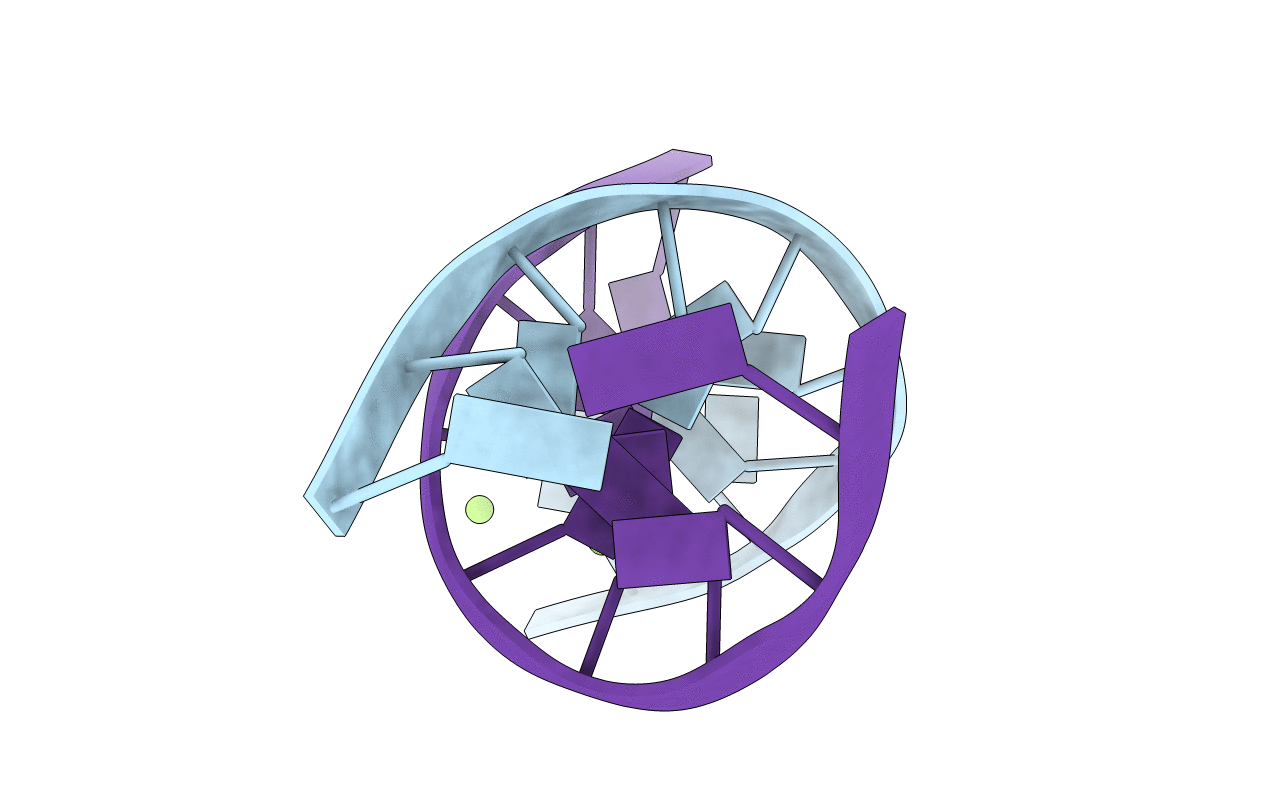
Deposition Date
1995-04-26
Release Date
1995-09-15
Last Version Date
2024-04-03
Entry Detail
PDB ID:
208D
Keywords:
Title:
HIGH-RESOLUTION STRUCTURE OF A DNA HELIX FORMING (C.G)*G BASE TRIPLETS
Biological Source:
Source Organism:
Method Details:
Experimental Method:
Resolution:
2.05 Å
R-Value Work:
0.16
R-Value Observed:
0.16
Space Group:
P 21 21 21


